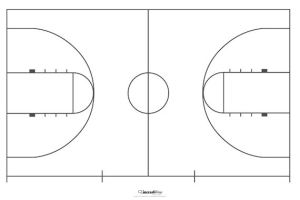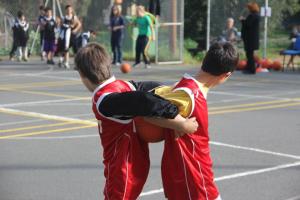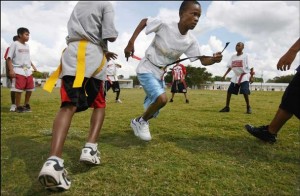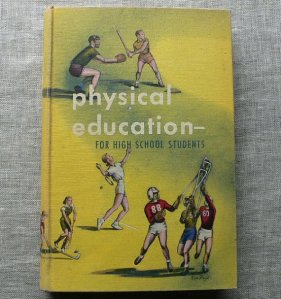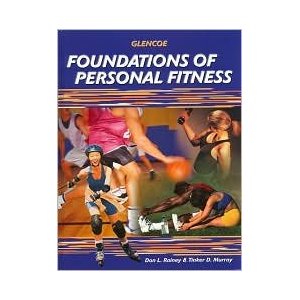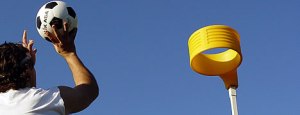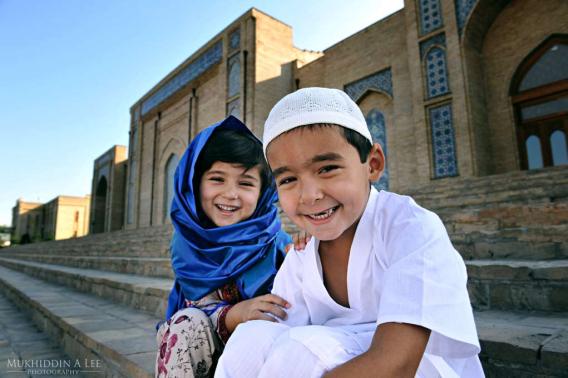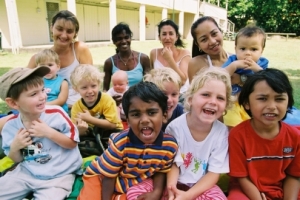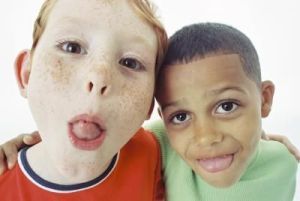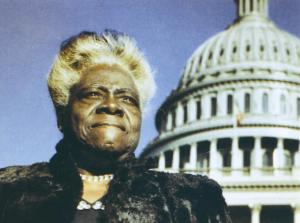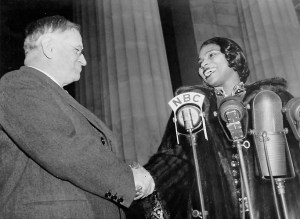Cultural competence is a journey that requires an active and patient approach. As I reflect back on Sue and Sue’s (2003) breakdown of what being culturally competent means, these four principles are important to keep in mind while remembering it is an active, developmental, on-going process:
- Actively trying to understand the worldviews of diverse populations
- Actively developing and practicing relevant and sensitive strategies and skills while working with a diverse cultures
- Actively becoming aware of your own behavior, values and biases
- Acting as an advocate for others in order to create a culture of respect and equity
The most noticeable personal gain I have observed throughout this quarter is how my sense of awareness has been strengthened. Not only has this course given me the opportunity to analyze what values and standards are important to me, I also have become a more active participant in terms of avoiding prejudices and unnecessary stereotyping. While respecting other’s diverse beliefs and characteristics, I have started to attempt and act as a model to others. To me this is an integral step in creating action towards cultural competence. Nonverbal awareness is difficult to build as one begins to appreciate and respect those who are unlike them, while speaking up so others can learn from their competence can be an even more difficult task. My personal goals as I continue on my journey towards cultural competence are to discontinue any unwarranted labeling, find ways to learn more on current sociopolitical systems in place and to participate in culturally relevant events that will enhance my professional development. Each of these goals requires action. Next quarter’s Field Experience course will provide a chance for me to use the school’s resources to work on my professional development especially in regards to cultural competence.
In my future P.E. classroom the strategies that I find the most helpful in incorporating cultural competence curriculum are:
- To incorporate home culture: this will assist me to better comprehend student behavior in and out of the classroom
- Encourage parent interaction: asking parents to share their culture’s histories at home will help to build a better picture for their child to identify with their native culture
- Use culturally relevant curriculum: ensuring that my curriculum is not only up to date but that it also is representative of my students backgrounds and beliefs
- Respect community language norms: to guarantee that bilingual students can easily alternate between English and their first language, respecting the community’s language norms

